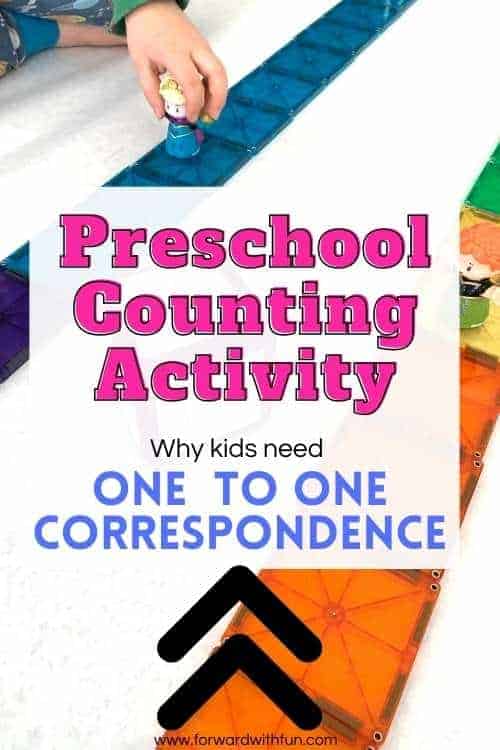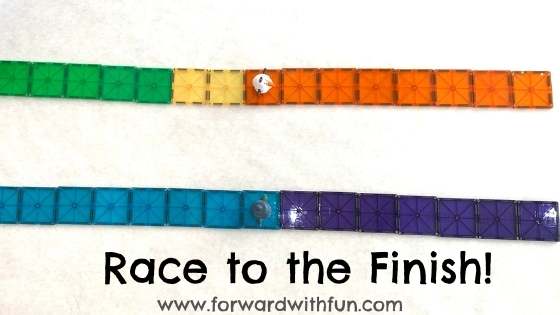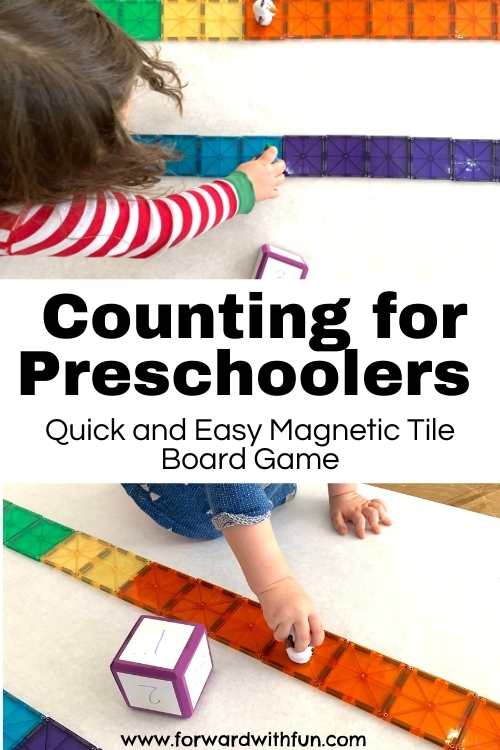
Does your young child have 1 to 1 correspondence? If they don't, they may count objects too fast and accidentally skip over items or count the same one twice.
The 1 to 1 correspondence definition is counting one number for every object counted. Simple put, it's counting accurately.
One to one correspondence develops for numbers under 5 in the preschool years and by the end of kindergarten, kids are expected to accurately count up to 20 objects.
*As an Amazon affiliate, I may get a small commission for purchases made through links in this post, most likely pennies ; )


2. Dry Erase Foam Dice- These dry erase dice allow me to put what I want to on each side. For my 2 year old who only knows numbers up till 3, I wanted to reinforce those numbers only. This would also make it easier for her to count with one to one correspondence. On each side, I wrote 1, 1, 2, 2, 3, and 3. You can personalize it however you want! We even use them to add an element of surprise to chores and so many other ways.

3. Two toys of the kids' choosing, could be anything!
Making the board game together will be a great opportunity for practicing 1 to 1 correspondence.
We chose to have two separate tracks, but really you can make a board that all players use!
When making two seperate tracks, it was important that both players had the same number of Magna-tiles, or the game wouldn't be fair. This led us to deciding a certain number and counting that many squares together.
For counting larger numbers, it is important that children move each piece as they count one more in order to keep track.


Lil Sis (2.5 years) doesn't yet have 1 to 1 correspondence so I tried these methods to help her better understand:
From beginning to end, she did begin counting with greater accuracy, and as we played again and again, she understood much more.
Kids make a lot of mistakes while rote counting, meaning they're just saying the sequence of numbers they've memorized. In a game, the numbers translate to movements on the board.
By actually having to move each piece only that amount, kids are more focused on counting slowly, leading to greater accuracy.
When kids are counting groups of objects by sight or just by pointing to each item (this happens often in number books when there are no actual manipulatives to move) they more easily lose track of the number of objects.
Giving children manipulatives (actual objects) and asking them to physically pick up and move each item will develop the 1 to 1 correspondence concept that every number said stands for one more item.
To sum it up, help your child develop 1 to 1 correspondence by making sure:
An excellent 1 to 1 correspondence activity that makes sure to do all these things is Dot Sticker Phone Numbers.
Leave a comment below to let me know how you practice 1 to 1 correspondence with your child!